Interactive Tables and Charts
Data Infrastructure
FCC satellite fees, 2022-2024
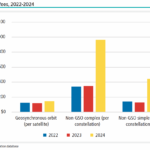
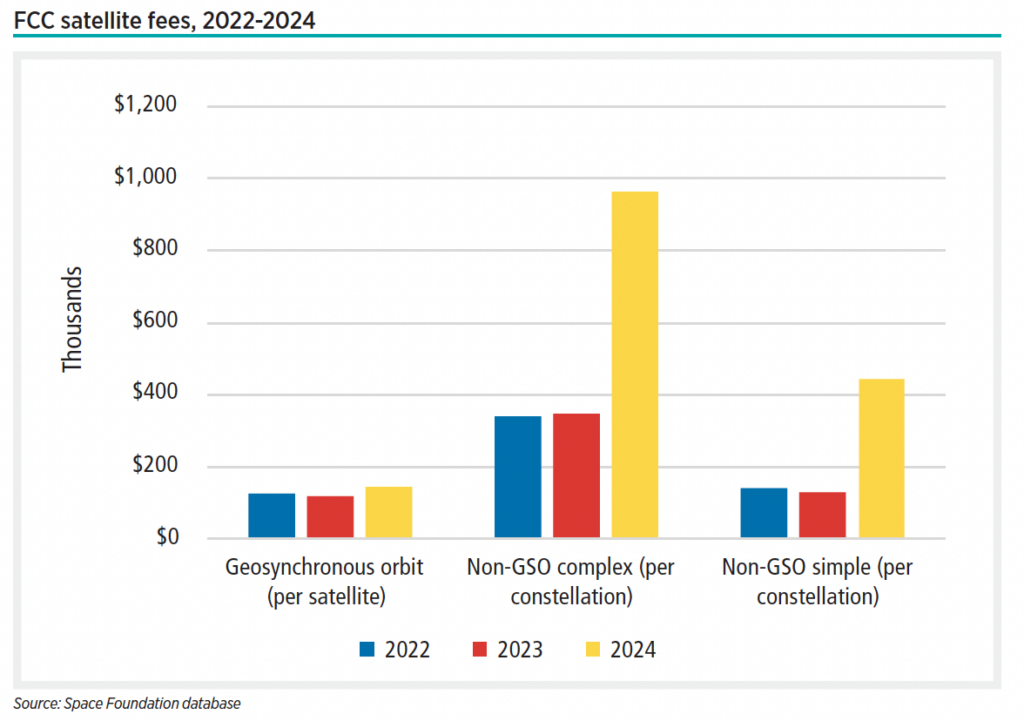
Almost all satellite operators will see much bigger bills this fall from a federal agency that regulates the use of radio frequencies. The U.S. Federal Communications Commission announced in September that satellite operators will face fee hikes up to 270%
NASA Europa Clipper and total planetary science budgets, 2015-2029
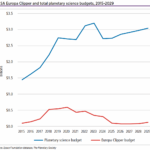
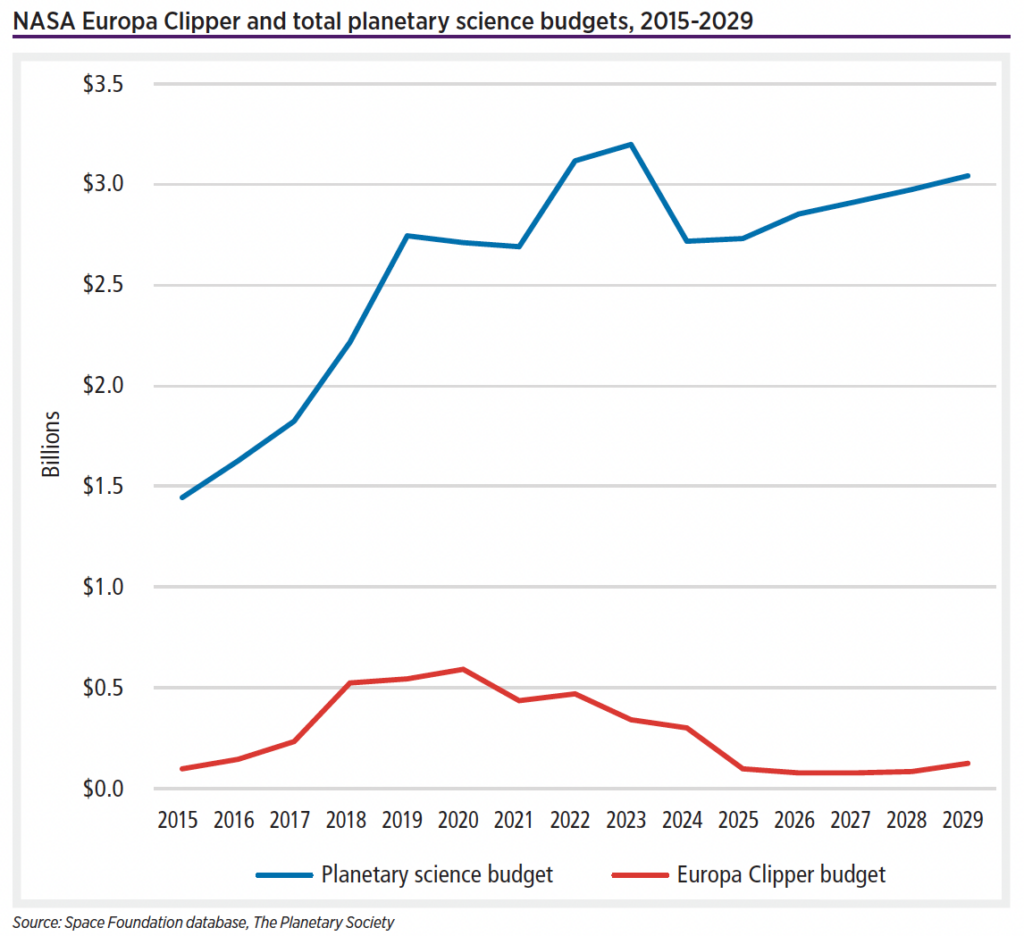
The Europa Clipper mission comes at a critical time when NASA is trying to determine the future of its planetary missions and budgets. NASA’s overall planetary science spending trended upward over the past decade with an average growth rate of 6%.
Humans reaching space, 2000-2024
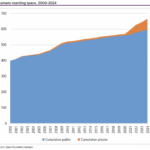
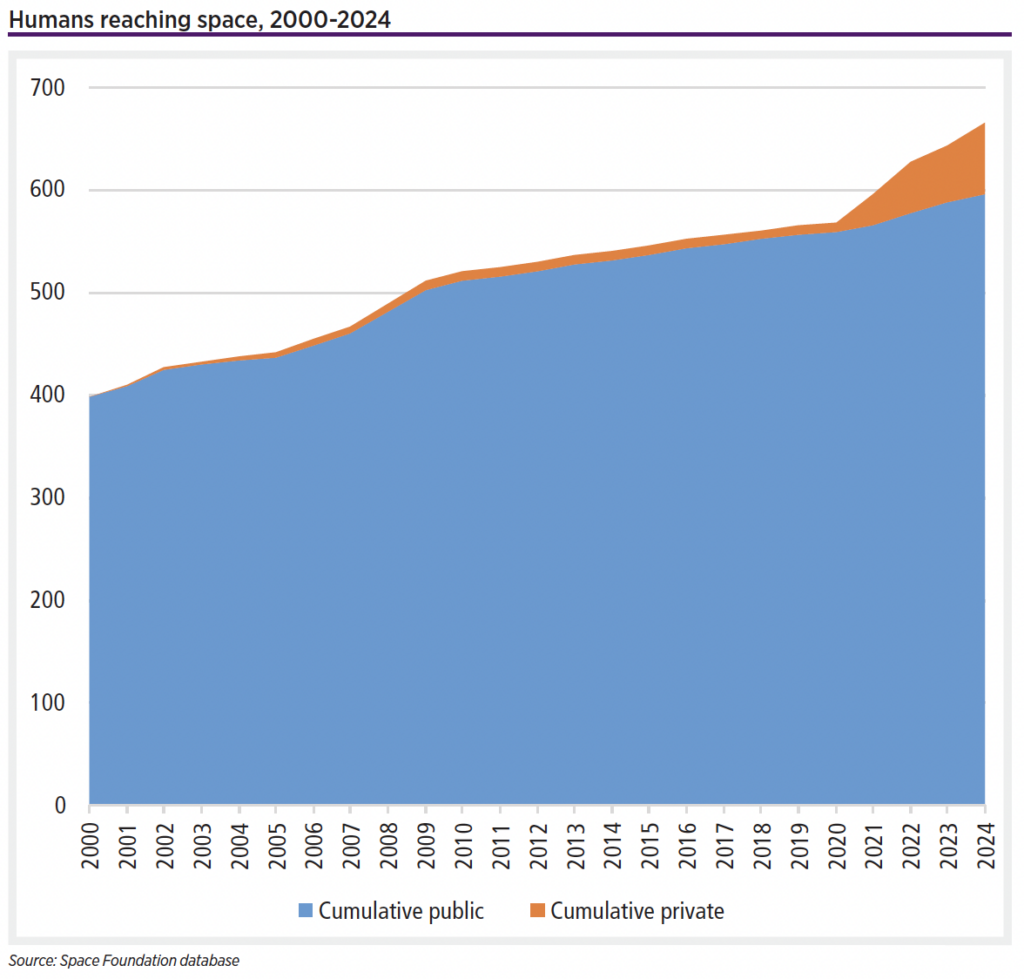
By Sept. 15, 70 people had flown their first mission to space aboard private sector flights, including 15 since January, according to Space Foundation records. Private-sector astronauts account for nearly 12 percent of all humans to fly to space.
Active and decommissioned Norwegian satellites, 2008-2027
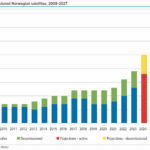
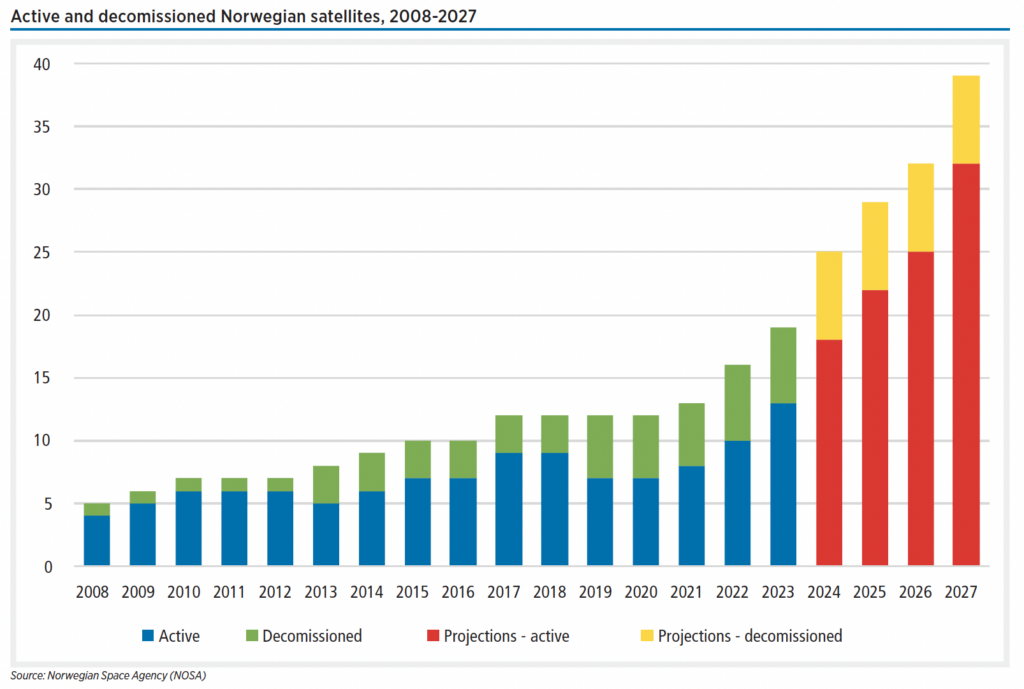
In its business strategy published in April, the agency emphasized the need to use space in sustainable ways to better society. Beyond government agency activities, many public universities in Norway are pursuing space research and developing their own satellites.
Midyear launches by select nations, 2014-2024
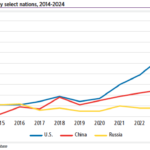
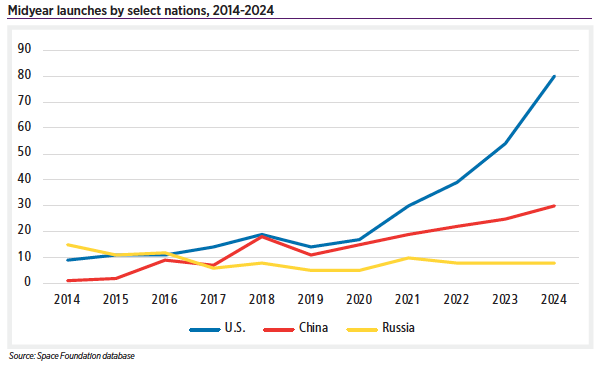
China led its global rivals with seven military launches, one more than the United States. China’s launches included fielding a new series of high-resolution spy satellites, according to state-controlled media.8 Russia and Japan each launched two military missions, while North Korea and Japan had a single mission each. The United States led the world in civil government space launches of the first half of the year, with a dozen launches.
Midyear launch trends, 2014-2024
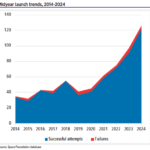
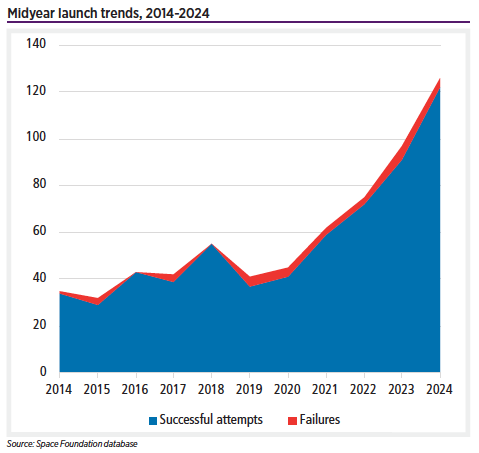
Global launches through June 30 were up nearly 30% from 2023, easily eclipsing last year’s record 97 first half launches with 126. Launch failures also fell in the first half of 2024 despite the higher launch activity.
Military launches by nation, 2023
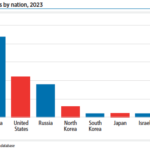
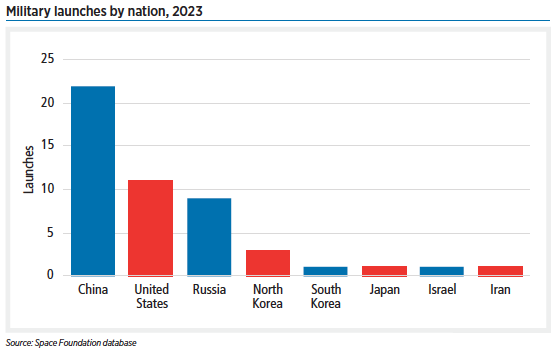
During the first half of 2024, China and the United States each launched five military missions to orbit. The Ukraine war, in its third year, continued to demonstrate the utility of satellites for intelligence, targeting and communication.
NASA commercial contracts awarded, 2016-2023

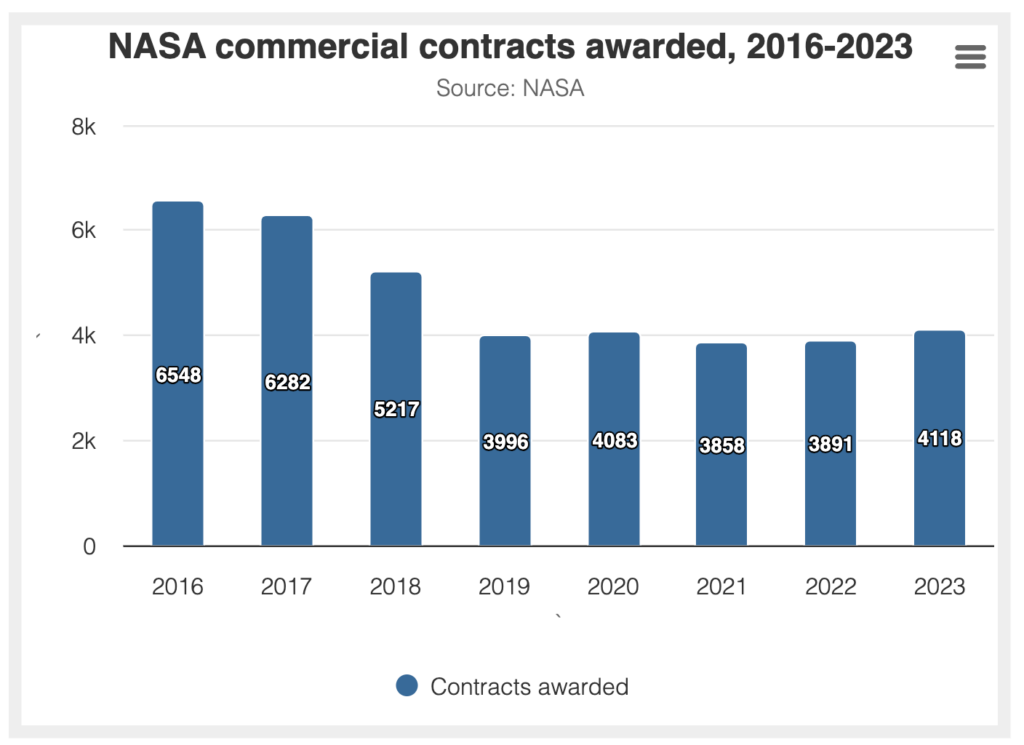
Through the CLPS initiative, NASA is working with 14 American companies to provide payload integration to, and surface operations on, the Moon. The initiative holds a cumulative maximum contract value of $2.6 billion through 2028.
Astronauts by top nations
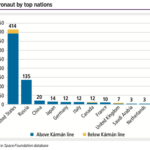
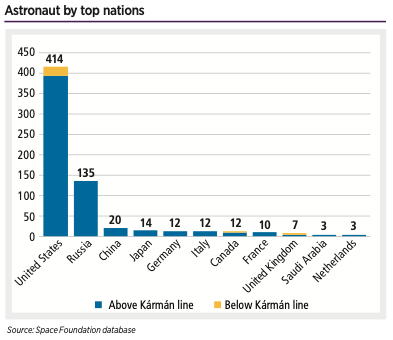
The majority of astronauts (95%) have also reached the Kármán line at 100 km — the internationally recognized boundary of space.
Launch failures by number of satellites lost, 2003-2023
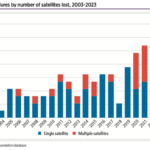
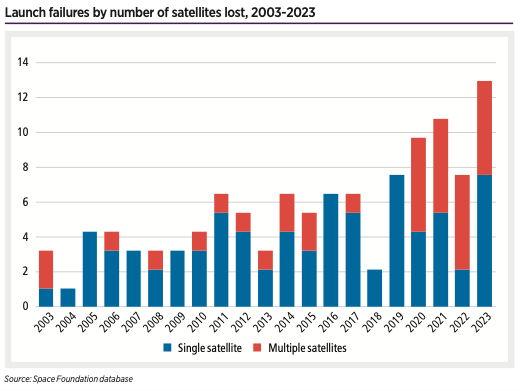
In 2023, launch failures resulted in the loss of 31 satellites, an increase of 48% from 2022.